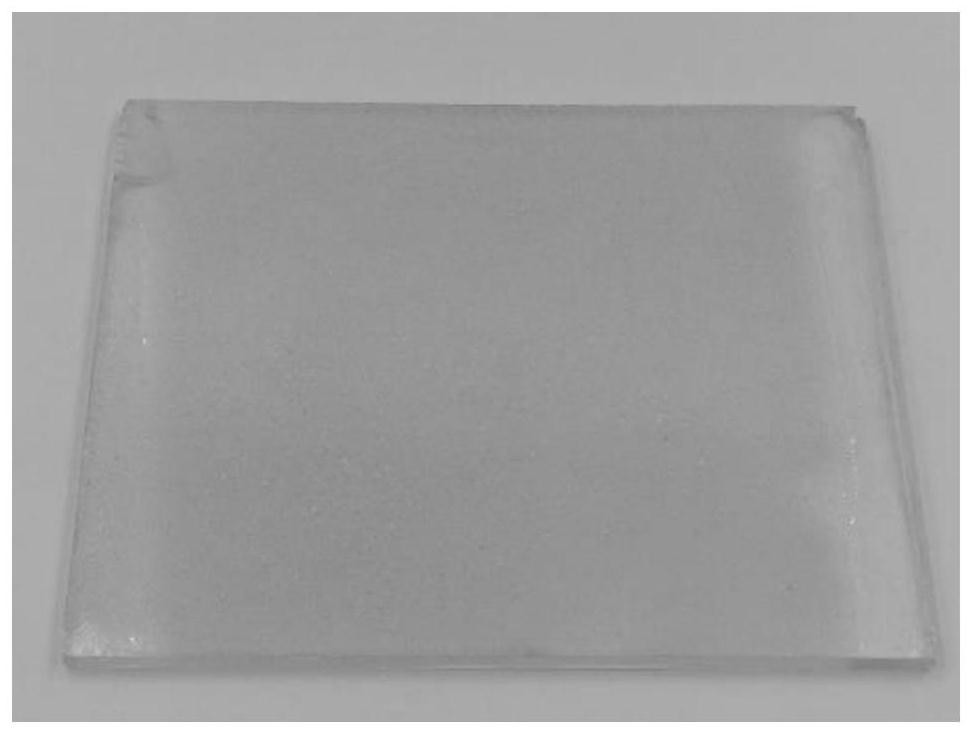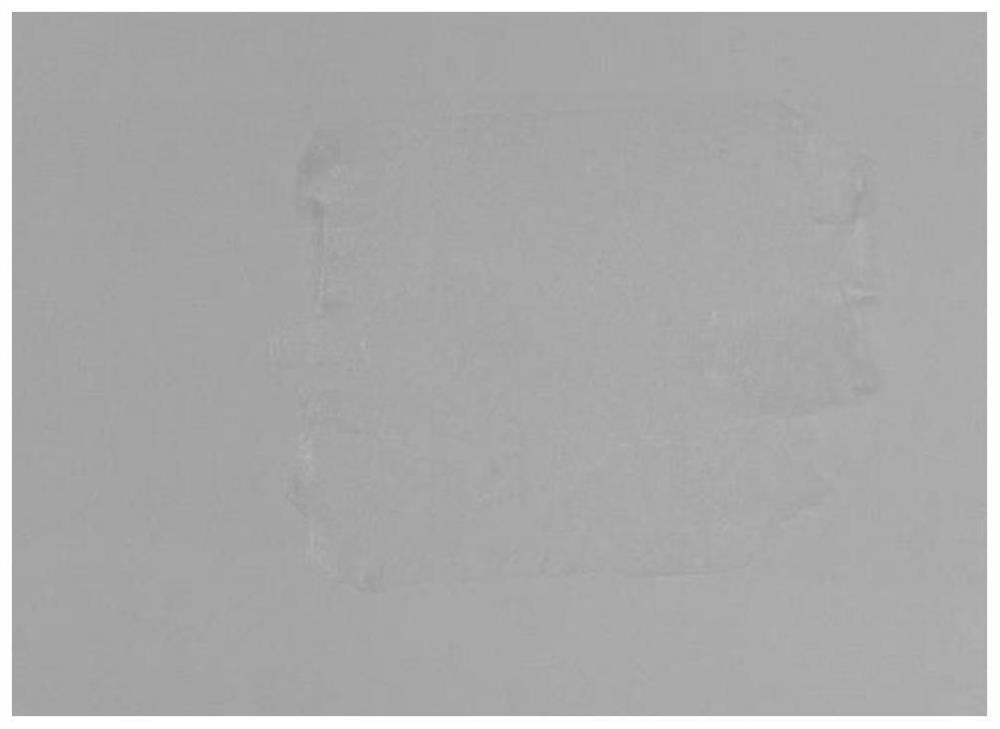A kind of coating containing porous filler and its preparation method and use method
A technology of porous fillers and coatings, applied in coatings, devices for applying liquid to surfaces, latex paints, etc., can solve the problems of weak contact between fillers and coatings, easy to be blocked
- Summary
- Abstract
- Description
- Claims
- Application Information
AI Technical Summary
Problems solved by technology
Method used
Image
Examples
Embodiment 1
[0054] Take 3 g of porous 1.2-CN / SiO with a pore size of 150 nm and a particle size of 100 μm 2 After soaking in water for 24 hours, after the two times before and after the weight change is less than 0.1g, it is fully stirred with 20g of commercially available latex paint (Pagoda Mountain exterior wall paint, solid content is about 50%), with rosin and methyl cellulose as the Thinner and thickener to adjust latex paint viscosity to porous 1.2-CN / SiO 2 After stable suspension. It is evenly coated on the glass plate by the blade coating method and the thickness of the blade coating is controlled to be 500 μm (the film thickness after drying is about 80 μm, such as figure 2 shown); peel off the film after natural drying ( Figure 4 ) and the degradation performance of RhB was used to evaluate its photocatalytic removal performance of liquid-phase organic pollutants. The results are as follows: Image 6 shown.
Embodiment 2
[0056] Take 2.5 g of porous 1.2-CN / SiO with a pore size of 150 nm and a particle size of 100 μm 2 After soaking in water for 24 hours, after the two times before and after the weight change is less than 0.1g, it is fully stirred with 20g of commercially available latex paint (Pagoda Mountain exterior wall paint, solid content is about 50%), with rosin and methyl cellulose as the Thinner and thickener to adjust latex paint viscosity to porous 1.2-CN / SiO 2 After stable suspension. It was evenly coated on the glass plate by the blade coating method and the thickness of the blade coating was controlled to be 500 μm (the thickness of the film after drying was about 80 μm); The performance of the organic pollutants, the results show that because the porous structure of the filler is completely covered, there is no adsorption and degradation performance.
Embodiment 3
[0058] Take 4 g of porous 1.2-CN / SiO with a pore size of 150 nm and a particle size of 100 μm 2 After soaking in water for 24 hours, after the two times before and after the weight change is less than 0.1g, it is fully stirred with 20g of commercially available latex paint (Pagoda Mountain exterior wall paint, solid content is about 50%), with rosin and methyl cellulose as the Thinner and thickener to adjust latex paint viscosity to porous 1.2-CN / SiO 2 After stable suspension. It is evenly coated on the glass plate by the blade coating method and the thickness of the blade coating is controlled to be 500 μm (the thickness of the film after drying is about 80 μm); Phase pollutants (RhB) have adsorption degradation properties.
PUM
| Property | Measurement | Unit |
|---|---|---|
| pore size | aaaaa | aaaaa |
| particle diameter | aaaaa | aaaaa |
| thickness | aaaaa | aaaaa |
Abstract
Description
Claims
Application Information
 Login to View More
Login to View More - R&D
- Intellectual Property
- Life Sciences
- Materials
- Tech Scout
- Unparalleled Data Quality
- Higher Quality Content
- 60% Fewer Hallucinations
Browse by: Latest US Patents, China's latest patents, Technical Efficacy Thesaurus, Application Domain, Technology Topic, Popular Technical Reports.
© 2025 PatSnap. All rights reserved.Legal|Privacy policy|Modern Slavery Act Transparency Statement|Sitemap|About US| Contact US: help@patsnap.com



